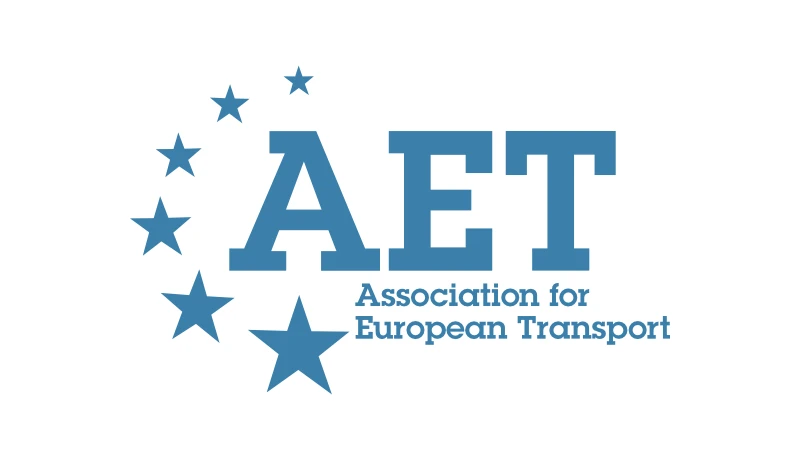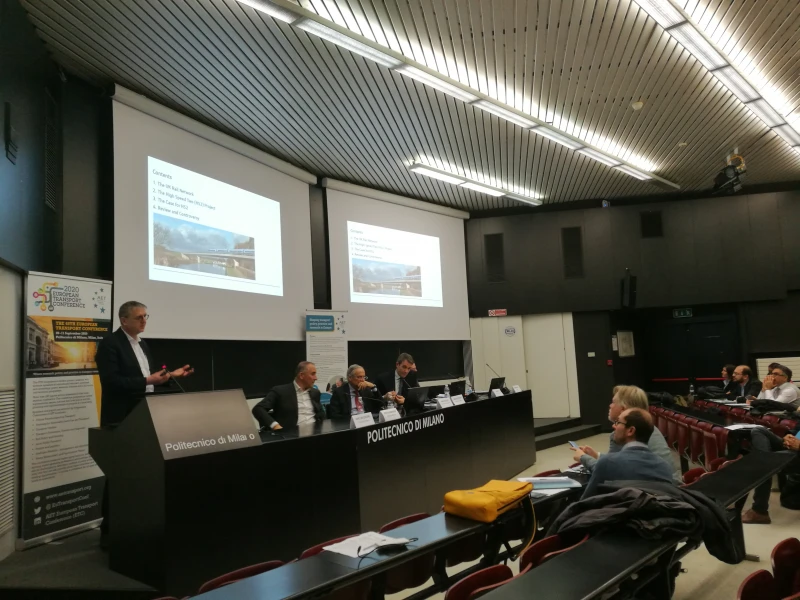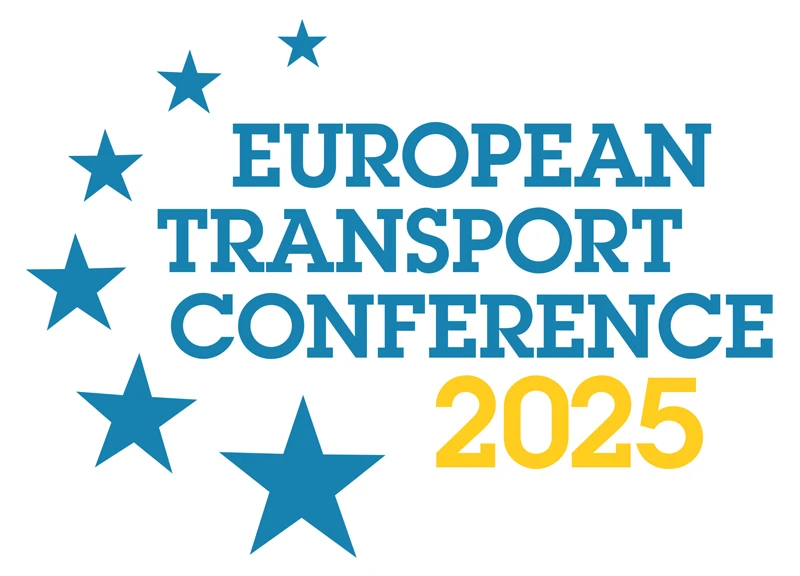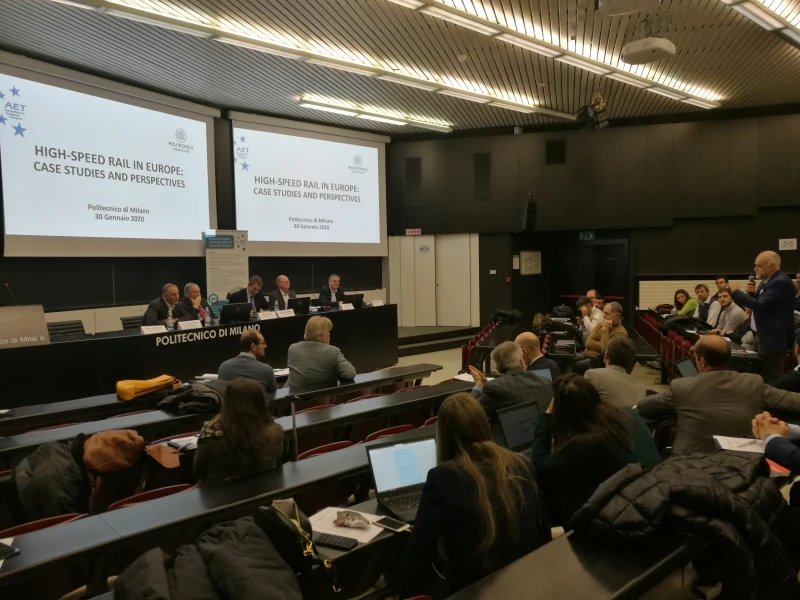-
Past ETC Papers
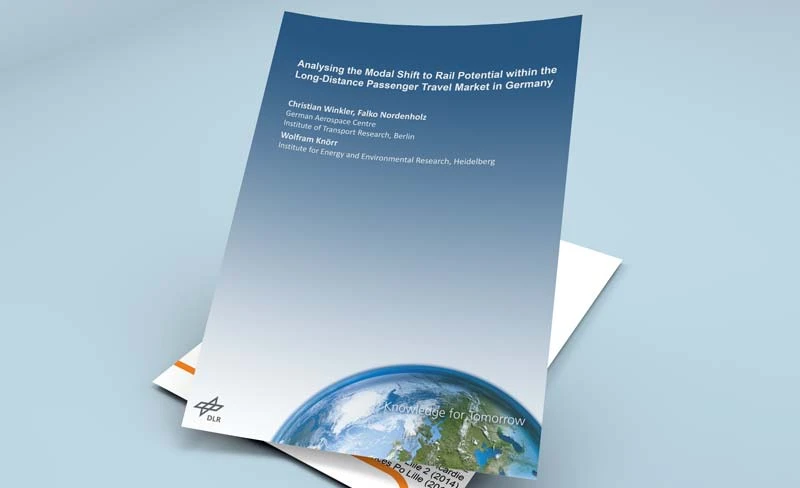
Browse, search and view papers from the past AET Conferences.
-
Members' Area
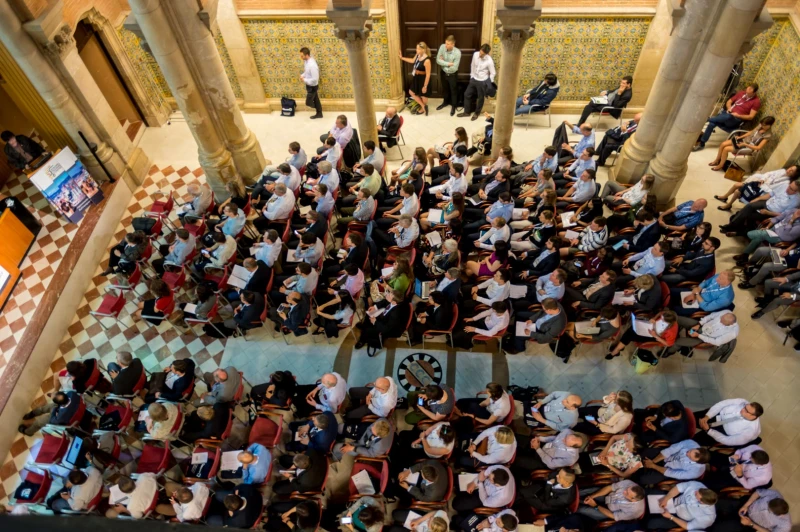
AET promotes networking and exchange of ideas, information and opportunities amongst members.
Conference Papers 2022
Milan, Italy
ETC Conference Papers 2022
A methodology for measuring the economic competitiveness of decarbonized rail alternatives: the ANCORADE method (ANalysis of the COmpetitiveness of RAil DEcarbonized and potential alternatives)
Seminar
Day 2 (8 Sep 2022), Session 5, MODELLING THE FUTURE OF DEMAND (OF RAIL AND AIR), 12:00 - 13:30
Status
Accepted, awaiting documents
Submitted by / Abstract owner
Antoine BELLEGUIE
Authors
A Belleguie, F Combes, M Koning, Université Gustave Eiffel, FR
Short abstract
In this paper, we provide a method to assess the economic competitiveness of decarbonized rail alternatives compared to existing polluting solutions.
Abstract
Nowadays, air pollution is responsible for the deaths of 7 to 9 million people worldwide each year1. Even if rail is already one of the greenest modes of transport (Bigo, 2020), it is still responsible for greenhouse gas emissions when operating on diesel (i.e., 197 million tons CO2eq in 20162). In France, 43% of the rail network remains non-electrified3. Due to technical, economic and safety reasons, the first and last miles connecting industrial sites to the national rail network, also known as branch lines, are mainly non-electrified which means that diesel locomotives usually continue to run on electrified sections. As a result, today, 80% of diesel freight train-kilometers are done under catenaries (Simian and al., 2018). An environmental nonsense that leads to unnecessary diesel consumption and avoidable emission of air pollutants and carbon dioxide. For a few years now, influenced by the trend towards decarbonization, rail has been undergoing a major conversion. A change that is leading to the emergence and adoption of decarbonized alternatives by the rail industry (whether partial or full). Given the great diversity of rail use cases (both for passengers and freight) resulting in a heterogeneity of decarbonized alternatives, it is becoming more and more complicated for a decision-maker (shippers/operators) to choose the most suitable solution according to their needs. This research aims at providing an economic method to guide a decision-maker in his choice of a decarbonized alternative.
Research question: Which methodology should be applied to measure the competitiveness of decarbonized alternatives and guide the choice of key players?
Methodology:
In a first stage;
We implement an intuitive 5-step method. The first step is to identify the mission to be analyzed. The second step is to gather the required data for an economic analysis through surveys and discussions with shippers and/or operators. We can classify these data in eight main categories: the mission data, the infrastructure data, the train data, the climatic data, the energy data, the cost data, the Association for European Transport 50th European Transport Conference Politecnico di Milano, 2022
environmental data, and the external factors. The third step is to conduct a technical analysis of the current solution. The energy efficiency analysis allow us to define the energy cost of the solution. We also establish a balance of the emissions of the current solution on the given mission in relation to the energy data. The fourth step consists of identifying the viable alternatives. The fifth and final step consists of determining the most suitable alternative through an economic analysis. In this last step, we compute the Total Cost of Ownership (TCO) by integrating the Total Cost of Acquisition (TCA), the Operating Costs (including energy cost, driver cost, track access charges, insurance cost, extra costs), the maintenance cost (predictive, preventive and corrective), the emission cost (CO2eq) and the Total Societal Cost (TSC) (Handbook of Public Transport Research, 2021) (including the cost of externalities: cost of noise nuisance and cost of air pollution). All these parameters are inherently related to the geographical area under consideration in the study. We perform the analysis of the Total Cost of Ownership (TCO) in Net Present Value (NPV) over the lifetime of the rolling stock (e.g., 30 years). Finally, we introduce scenarios into our model to adjust the TCO through various (energy cost, track access cost, carbon tax cost).
In a second stage;
We establish a balance of the emissions of the current solution on the given mission in relation to the energy data. We proceed to an evaluation of the emissions balance in order to compute the abatement costs in order to evaluate the required investment for a decision-maker to decarbonize a certain quantity of carbon.
Expected results:
We believe that this approach will result in an efficient comparison of decarbonized rail alternatives for a given mission as well as supporting the players in their decision-making process. This approach will enable to compare the Total Cost of Ownership (TCO) and the emission balance of the alternatives with a breakdown by cost category and by emissions.
Our analysis do not consider only one type of decarbonized solutions but cover all rail alternatives currently on the market and those that could be introduced in the coming years.
Programme committee
Rail Policy and Planning
Documents:
No documents yet.
Association For
European Transport
Forester House
Doctors Lane
Henley-in-Arden
Warwickshire, UK
B95 5AW
+44 (0) 15 64 793552
VAT number: 710 1866 64
Conference Supporters & Endorsers




Legal Entity
The Association for European Transport is registered as an Association ('vereniging') with the Chamber of Commerce for Haaglanden in The Netherlands under company number 27170096.
Built on Zenario

